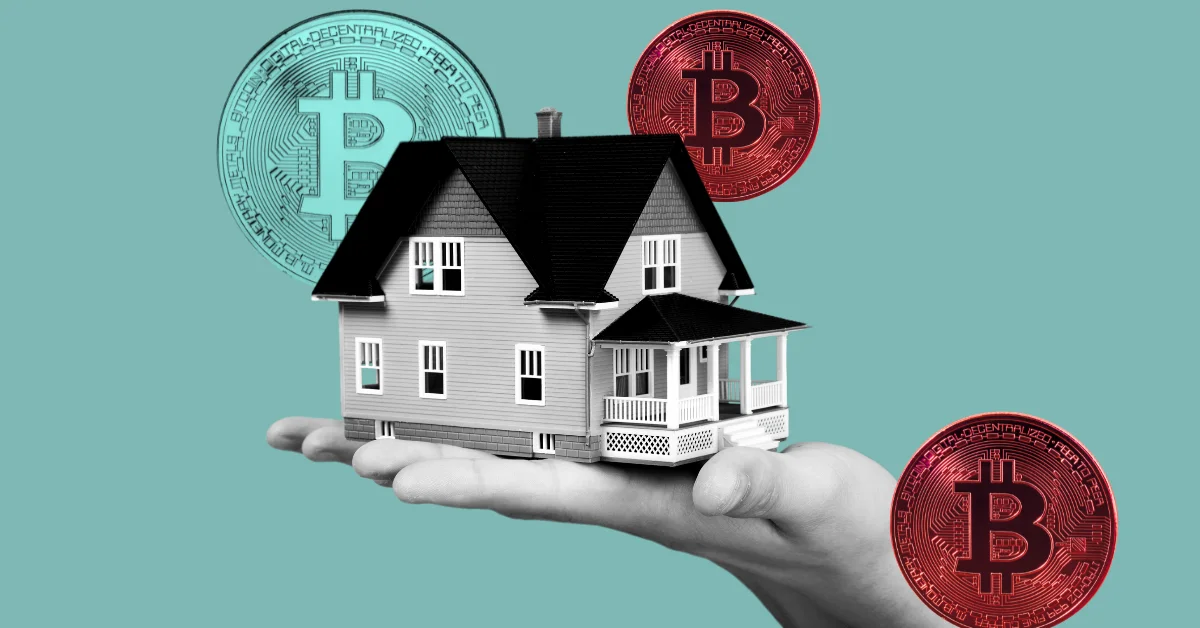
Cryptocurrency is growing fast. What was once banned in many countries is now becoming a common payment method in others. It’s even starting to change the way people borrow and spend money. A new report from the Office of Financial Research (OFR), published on November 26, 2024, looks at how more people are getting involved in crypto and what it’s doing to their finances.
The study shows that people are using their crypto profits to take on bigger loans, and this could cause problems for some in the future.
According to the OFR’s report, based on IRS data, the number of households involved with crypto has tripled from 2020 to 2021. This isn’t just affecting the wealthy—low-income areas with high crypto activity have seen big changes as well. For example, mortgage balances in these areas have jumped by over 150%, and mortgage borrowing has increased by 250% from 2020 to 2024.
It’s clear that crypto is encouraging people to borrow more money.
The huge returns from crypto—such as the 300% increase in 2020—have given many people the confidence to take on larger debts. Many are using their crypto profits as down payments on homes, which has driven an increase in mortgage borrowing. The report also notes that auto loans are on the rise, though delinquency rates haven’t risen sharply—at least not yet. But there’s a catch.
Some households are borrowing more than they should, pushing their debt-to-income ratios to risky levels. While everything may seem fine now with the crypto market booming, the question is: what happens if the market crashes?
While younger people and those in tech-heavy areas have always been big crypto investors, it’s low-income households in high-crypto areas that are taking on the most debt. These families are using their crypto wealth to make large purchases, which means they’re borrowing more money. Crypto’s value can rise quickly, but it can also drop just as fast.
The risk is that if the market crashes, those who borrowed heavily might struggle to pay back their loans.
As of early 2024, delinquency rates in high-crypto areas are still low, but this could change if crypto prices start to fall. Households that took out large loans to buy homes or cars with crypto profits may have trouble making their payments if the market dips. If that happens, it could lead to bigger financial problems for them.
The OFR report shows that crypto can be a great way to build wealth, but it comes with risks. Using crypto gains to fund big investments might seem smart when things are going well, but it leaves households vulnerable if the market crashes. With rising debt, especially in low-income areas, the risk of financial instability is growing.
This is something to keep an eye on as the crypto market continues to evolve.
The US markets are experiencing one of the massive pullbacks, with major stocks plunging by…
PEPE hopped its way to a $3.8 billion market cap, but its reign as a…
Ripple’s (XRP) recent rally from $2.00 to $2.20 has sparked excitement among cryptocurrency enthusiasts. This…
The crypto circus has a new ringmaster: Influencer Pepe (INPEPE). This Pepe-the-Frog-inspired token is making…
The global cryptocurrency market took a major hit today, with the total market capitalization falling…
The cryptocurrency market took a nosedive Thursday, with Bitcoin and its digital cousins feeling the…